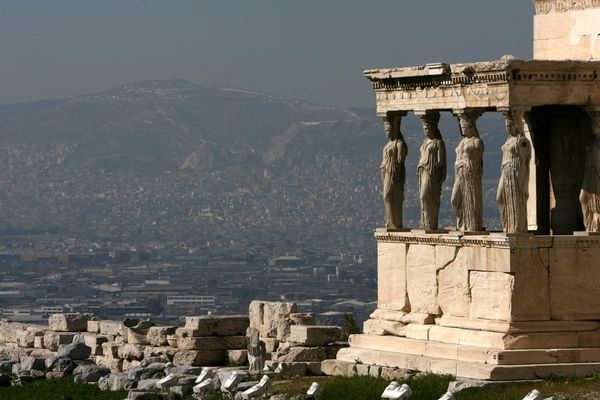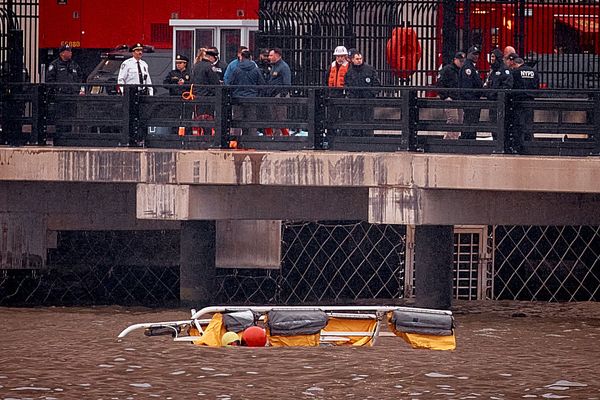
‘Gerald Durrell was magic” chirrups David Attenborough across the cover of this collection by the beloved naturalist and author who died in 1995. Chosen by Durrell’s widow ahead of his centenary in January, it includes magazine pieces, radio talks, letters, introductions to other people’s books and a selection from the vast archive of his unpublished writing. What binds the pieces is the signature magic of which Attenborough, whose own career parallels and counterpoints Durrell’s, speaks. It might best be described as the gift of finding wonder everywhere. Here is Durrell, in an unpublished scrap of memoir, on the four years he spent as a child in prewar Corfu. “Leaf to bud, caterpillar to butterfly, tadpole to toad or frog, I was surrounded by miracles. I was surrounded by magic as though Merlin had passed through and casually touched the island with his wand.”
It is ironic of course that Durrell claimed to hate writing, and only embarked on the first of his 40 books in 1953, as a means of funding his animal-collecting trips to Africa and South America. In a letter written the following year to his older brother, the novelist Lawrence Durrell, he expresses near-contempt for what he wryly calls my “‘literary’ achievement”: “the only thing that worries me is how long the great British Public is going to continue to read this sort of slush without getting bored by it. Hart-Davis [his publisher] seemed to think that I can do several more without spoiling my market.” He ends by asking “Larry” to lean on any “stinking rich” friends who might be prepared to stump up £10,000 to enable him to start a “Trust or organisation … for the breeding of those forms of animal life which are on the borders of extinction.” At this point he was imagining the Caribbean as a likely site, but five years later it was on another enchanted isle, Jersey, that he was able to open the zoo and wildlife conservation trust that still bear his name.
Durrell’s most famous book remains My Family and Other Animals (1956) and for those who can’t get enough of it, there’s a chance here to revisit the strawberry-pink villa, with its garden of sun-drunk wildlife and the ebullient Spiro, taxi-driver turned major-domo who watches over the Durrells fondly, “as though we were slightly weak-minded children”. Theo is here too, the polymathic scientist who presents Gerry with his first pocket microscope so that the boy-naturalist may peer with even more concentrated wonder into the exquisite silk-lined burrows of the trapdoor spiders that are dotted all over his new island home.
More valuable to a Durrell completist like myself are the obscure pieces, ephemera really, which fill important gaps in the biographical narrative. A 1989 magazine article provides the origin story for Roger, the beloved dog who becomes the presiding sage of Gerry’s Corfu life. It turns out that the Airedale-cross started life as the runt of the litter in a Bournemouth pet shop and spent his first year being taught how to waltz by a bored young Gerry stuck in a suburban sitting room. No wonder he blossoms once introduced to the delights of fossicking in the hot Aegean sand, or snapping at the free-ranging chickens as they leap suddenly from the fuchsia hedges.
In another overlooked piece from 1971 we learn about Gerry’s first job after the family’s return to England at the outbreak of war. Then 15, but pretending to be almost 17, he becomes a shop assistant at another Bournemouth pet shop that specialises in fish, snakes, lizards and toads. In his signature manner, Durrell takes field notes on the shop’s owner Mr Romilly, whom he writes up as a specimen that exhibits odd trills, obsessive fears and sudden panics. In another piece, written just three years before his death, Durrell recounts his next job at Whipsnade zoo, in Bedfordshire, as “the odd-beast boy”, a sort of junior keeper-of-all-species. It is then that he falls in love with the giraffe, with its “elegant body, its strange silence, its huge liquid eyes, with eyelashes as thick as an Astrakhan rug”.
It is, in fact, unusual for Durrell to spend so many words on such a spectacular animal. In his conservation and writing work, he made a point of concentrating on “the little brown jobs”, those unglamorous species whom no one would miss until it was far too late. Creatures like the cleaner fish of the Great Barrier Reef, which scurries around hoovering parasites from larger fish before “standing back to admire their handiwork rather like hairdressers admiring the creation of a new hairstyle”. Or what about the big Madagascar hissing cockroach, “a beast the size of a small tangerine, with a formidable array of spikes and spines on his chocolate brown body and legs”, which, when captured, purrs loudly. The list of these underrated creatures unspools delightfully. There is the hairy frog, the booming squirrel, the umbrellabird, the paradoxical frog and the (frankly irresistible) fairy penguin, which brays like a donkey. Truly, there is magic here.
• Myself and Other Animals by Gerald Durrell is published by Viking (£20). To support the Guardian and Observer, order your copy at guardianbookshop.com. Delivery charges may apply.







